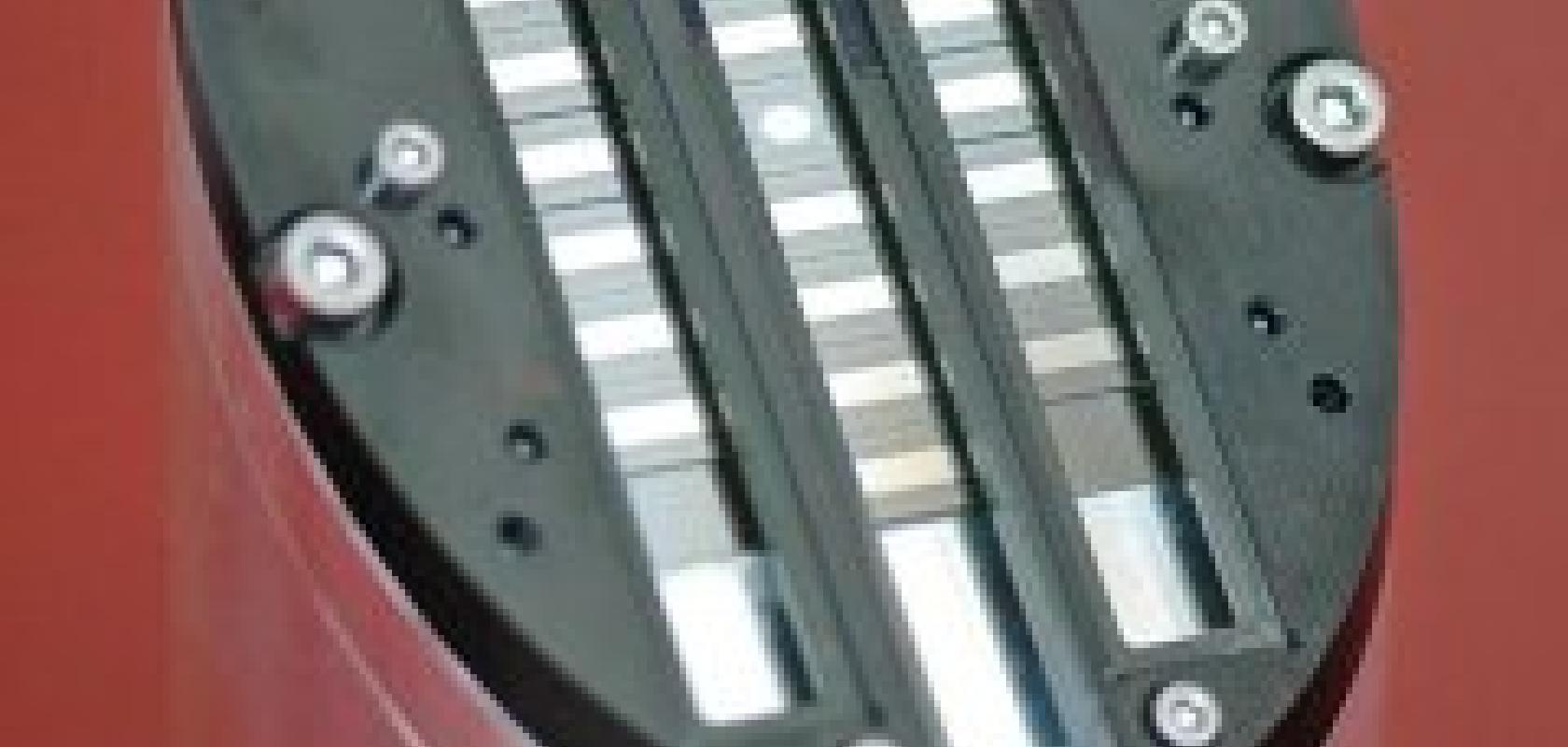Fraunhofer researchers have developed a 3D laser scanner that can focus on key sections of an image and capture them at a higher resolution. The Fraunhofer Institute for Photonic Microsystems (IPMS) developed the MEMS scanning technology for the system, which it will present at Vision in Stuttgart from 4-6 November.
Three Fraunhofer institutes, including the IPMS, worked on the adaptive 3D imaging system. The device is able to adjust the image section extremely quickly according to what part of the image the eye is focusing on. This means the viewer can see small sections of an overall image in greater focus.
Efficient software algorithms analyse a quickly recorded 3D overview image and direct the scanner to interesting image sections, so they can be scanned at a high resolution. This is the first time that situation-based high-quality 3D information can be obtained within such a short time period, according to the researchers.
Fraunhofer IPMS was responsible for the scanning system concept, while Fraunhofer Institute for Physical Measurement Techniques (IPM) provided the time-of-flight laser measurement technology and Fraunhofer Intelligent Analysis and Information Systems (IAIS) contributed its software development competence for attention control.
Project manager Dr Thilo Sandner explained how the system works: ‘The reflector mechanism of our laser scanner directs the time-modulated transmission beam over the object that is to be measured. The light of the transmission beam that is dispersed over that area is shown on a photodetector with a high bandwidth using several receiving reflectors that move synchronous to the beam, and the distance of the object is determined using the measured phase or pulse run time of the light that is received.’
The scanning system concept is based on a 1D MEMS array that performs resonant scanning in a vertical direction, which can be pivoted and rotated with a conventional electro-dynamic drive. The visual fill factor was increased with the use of 22 receiving reflectors with individual apertures of 8.4 × 2.3mm² and integrated reflector position sensors, and thus created the technical conditions for performing measurements from distances of up to 30 metres.
Similar to conventional laser scanners, and in contrast to camera-based technologies, the strength of the laser scanning technology is its ability to disregard the presence of different light conditions, which predestines the technology for outside applications. The extremely high scanning speed of the Fraunhofer scanner of 1.6kHz makes it possible to scan images almost in real time, and thus it is also suitable for scanning moving objects such as airplanes on the runway, or vehicles on construction sites.
Fraunhofer IPMS will also present at Vision information about a system that automatically checks and collects banknotes, developed as part of the European alliance project Eurothentic. The device must first test whether the banknote is authentic, and then decide whether it is suitable or too worn for future circulation. This assessment can be made mainly on the basis of the banknote's visual characteristics, as it is first scanned with a suitable scanning device and then analysed with software.
Related articles:
Fraunhofer scientists develop projection technology for curved surfaces
Vision Award shortlist announced
Banknote security set to increase through new optical features
Further information:

